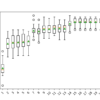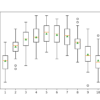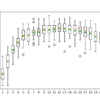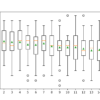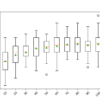Reducing the number of input variables for a predictive model is referred to as dimensionality reduction. Fewer input variables can result in a simpler predictive model that may have better performance when making predictions on new data. Perhaps the most popular technique for dimensionality reduction in machine learning is Principal Component Analysis, or PCA for […]
